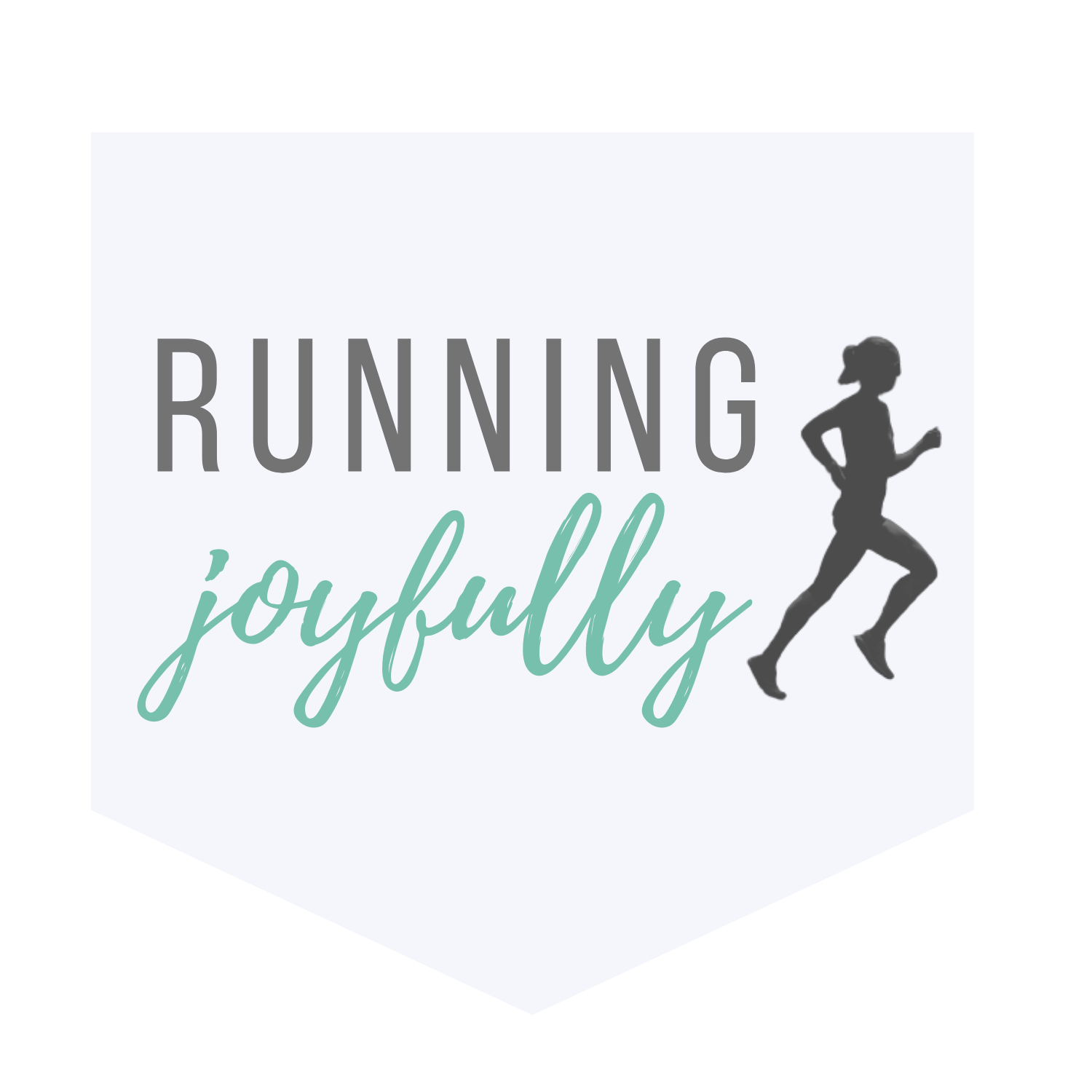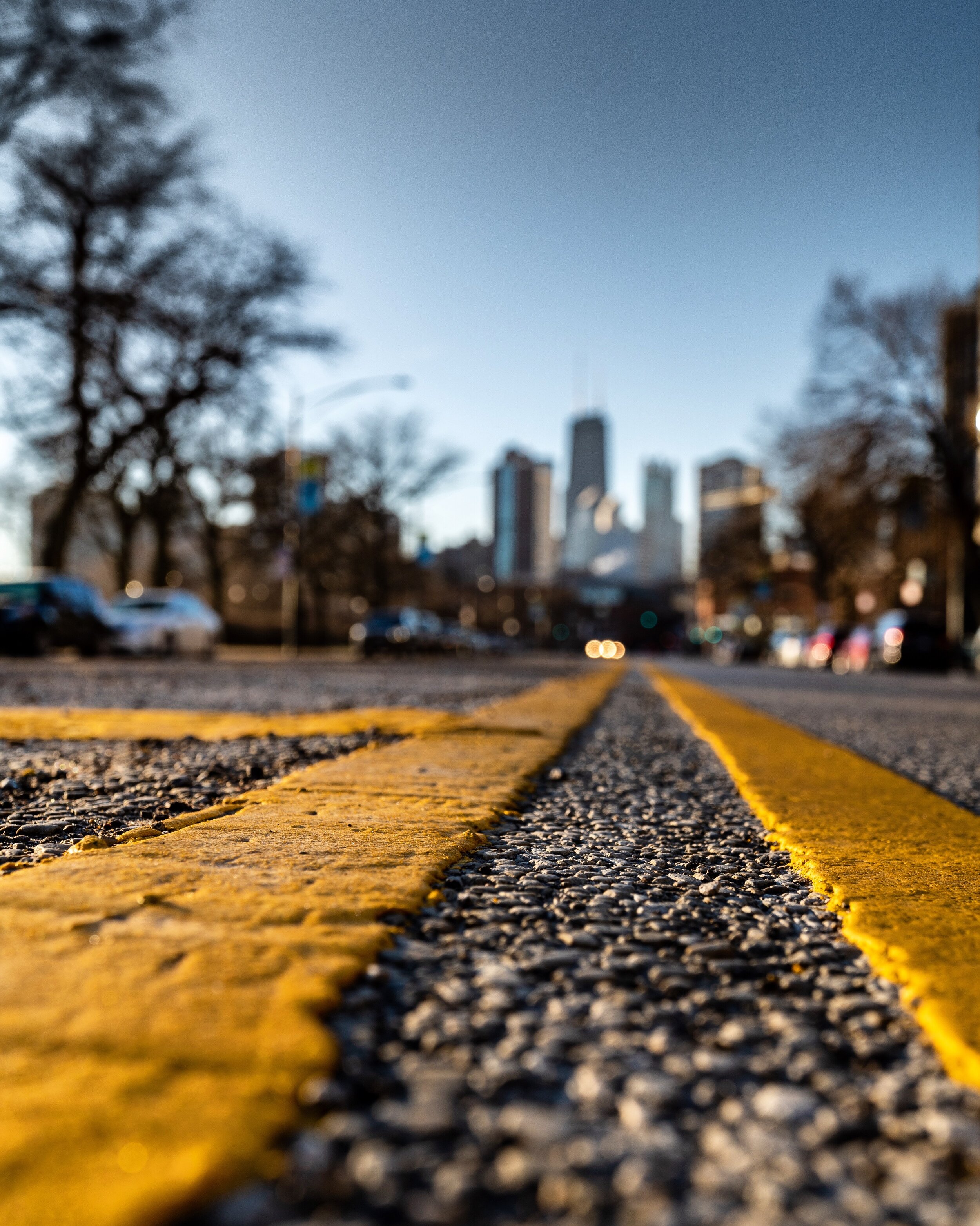It’s been a while since I’ve written anything over here on the blog… quite a while in fact! In the midst of grad school madness (no free time!) and following a devastating injury in summer of 2018, I didn’t have a lot I wanted to share on the blog. I mostly stuck to Instagram to share what I’ve been up and avoided the long-form content…. but 2 years later, we’re back!
The blog makes a comeback as I wanted to share a special project I’ve been working on: Safe on the Road. Safe on the Road is an education and advocacy nonprofit promoting pedestrian and cyclist safety on our streets and encouraging environments that support physical activity.
Recall that devastating injury I mentioned above? Well, that injury is what led to the creation of Safe on the Road — let me give you the backstory. In the summer of 2018, I’d finished up grad school with my Masters in Public Health and was running full-time. Running was going great - I was in the best shape of my life, had just signed a professional contract with the Boston Athletic Association and Adidas, and was gearing up for my first World Marathon Major, the NYC Marathon. While finishing up a run not far from my house in Providence, I encountered a distracted driver who didn’t see me running in the street. I had to dodge out of the way, and while I successfully avoided the car, my hamstring did not escape unscathed.
My hamstring injury was a partial tear, not a complete avulsion like this one - but still pretty darn painful and limiting!
Unbeknownst to me at the time, the near-collision with the car caused me to partially tear the tendon that attaches my hamstring to my pelvis. Not knowing how bad the injury was, I raced the Falmouth Road Race a few days later (with my hammy feeling pretty terrible!). I continued to try to train through the injury while seeking treatment from my massage therapist, sports chiropractor, and physical therapist. 3 weeks later, when the hamstring still hadn’t gotten better despite aggressive treatment, it was time for an MRI, which revealed the devastating news - my hamstring tendon was in rough shape and there would be no NYC Marathon for me, nor any running for 3 months to come….
And so began my long road to recovery, to heal both my body and my heart, which was reeling in the wake of this fluke injury. I was struggling mentally and emotionally to process the injury — this wasn’t an overuse injury or the result of anything I’d done wrong in training. Rather, it was a matter of being in the wrong place at the wrong time with a person in a car not paying attention. In a split second, my whole season went up in flames. I felt so much anger — at the driver, at the situation, and sadness — at the loss of my ability to run and do the thing I love most in the world. I also felt immense frustration at the lack of control (we Type-A runners sure like to be in control…) and so in my healing process, I sought to take back some control where I could.
I couldn’t go back in time and undo the hamstring tear, but I could try to do something to help ensure that it didn’t happen again, to me or to another runner, walker, or biker. I had spent so long feeling mad and depressed about this injury — far from my usual joyful self — and I wanted to find a way back there. One path back was to find the silver lining in the injury: to find some good amidst all the sadness and anger. Enter Moose (my rescue puppy who we adopted last fall in the wake of the injury - the source of much joy in my life!). Also enter Safe on the Road.
The idea began with a lawn sign - I wanted a sign to display along the busy street where I live to remind drivers to slow down and share the road. I was inspired by the signs that say “Drive like your kids live here” but wanted one specific to runners. Such a sign didn’t exist, so I played around designing one, ordered a bunch, and proudly displayed it in my yard.
I started getting feedback from neighbors and fellow runners expressing interest in getting a sign of their own. Meanwhile, I heard far too many stories similar to mine, where active friends had experienced near-misses with cars - or in a few instances, had actually been hit by a car driven by a distracted driver. These stories were upsetting, and new to me; having grown up in Davis, California, the self-proclaimed “Bike Capital of America” that has a bike lane on practically every street, I was accustomed to roads that encouraged cycling, walking, and running. New England’s far-from-pedestrian-friendly streets had been a rude awakening when I moved east.
Armed with a bunch of lawn signs, a graduate degree in public health with an emphasis on physical activity promotion, and a fire in my belly to do something… Safe on the Road took root. I read up on traffic calming measures, revisited grad school lectures on the built environment, participated in community meetings as part of Providence’s Great Streets Initiative, and researched urban planning policies. My head was spinning with ideas about what I wanted Safe on the Road to accomplish - and I have big goals for its impact.
At its core, I want Safe on the Road to educate and empower individuals to take action in their communities and advocate for streets and policies that support the safety of ALL road users. Safe on the Road has three main pillars:
Education
Community Engagement
Policy Advocacy
We educate stakeholders about road safety for pedestrians and cyclists, using the latest research, evidence-based tools, and policy papers. We provide free toolkits that facilitate policy advocacy and empower walkers, runners, and cyclists to have meaningful conversations with their elected officials about safe streets. We also lead trainings on how to conduct street assessments, teaching community members how to do a walkability and bikeability audit in their neighborhood, so that they can bring evidence and data to their policymakers about the types of changes needed to improve road safety in their community.
My hope is that a runner who doesn’t have a safe place to run in her town can come to Safe on the Road for resources to help her educate her elected officials about street safety and advocate for road design that is safe for and encourages physical activity. I hope that a cyclist whose city doesn’t have countless bike lanes like Davis, CA can find on our resources page the evidence and tools to encourage his policymakers to make data-driven decisions about urban planning. I hope that the driver who sees a yellow sign telling him to “share the road” and “drive like you run here” will think twice about speeding down that street.
There’s still a lot of work to be done, but Safe on the Road is ready to go live. I’m excited to see where it can go, what we can do, and what impact we can have. I invite you to learn more about our vision and if you feel so inclined, donate to support our work. Together, let’s reimagine our streets so that all road users can be Safe on the Road.














